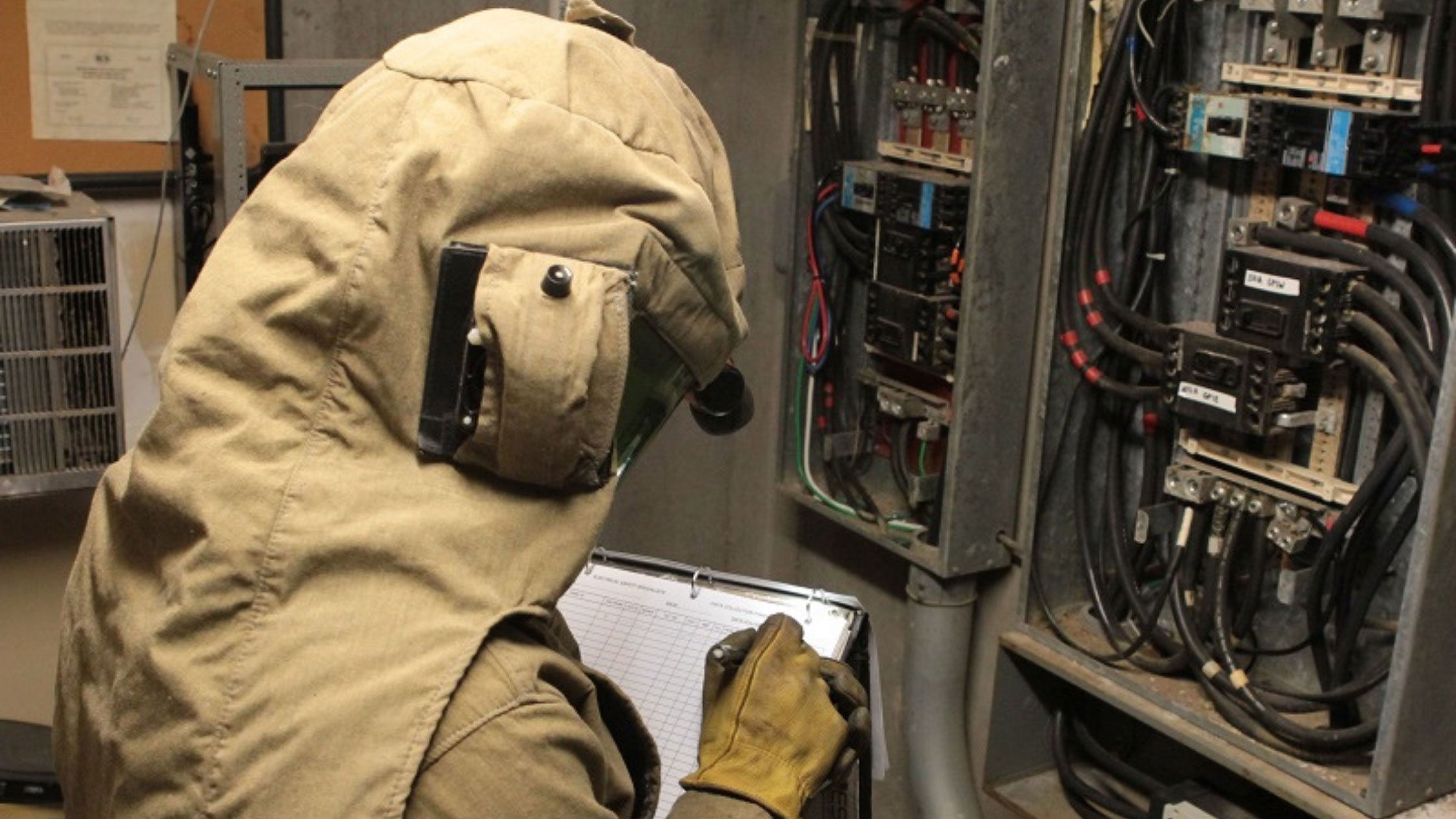
6 Arc Flash Terms You Need to Know Now
New to arc flash, or has it been a while since you've dealt with arc flash PPE?
The industry and standards have evolved to include new terminology with the old. Use our quick primer to get up to speed on these top 6 arc flash terms.
What is an Arc Flash?
An arc flash is an undesired electric discharge that travels through the air between conductors or from a conductor to the ground. The resulting violent explosion is very dangerous with temperatures that could reach up to 35,000 degrees Fahrenheit. An arc flash can cause fires, ignite clothing, burn skin and be lethal to the worker.
Is HRC the same as CAT?
First, let's define these two acronyms:
- HRC:
Short for Hazard Risk Category. Before its elimination in the 2015 update to NFPA 70E, HRC was used when discussing the minimum level of protection in flame resistant clothing and arc flash clothing needed for a certain task. - PPE Cat Level:
Short for Category. The most common categories are CAT 2 and CAT 4, but CAT 1 and CAT 3 also exist. The arc rating of a garment determines with CAT.
Many FR and arc flash PPE companies have transitioned to using CAT to replace HRC. PPE Category levels are commonly used by those following NFPA 70E as a guide for the minimum level of protection needed for a certain task. See below for the minimum arc flash requirements for each of the four PPE Categories..png?width=599&name=Untitled%20design%20(45).png)
Is my FR clothing AR? - FR:
Short for Flame Resistant. FR clothing and garments made from those materials have the ability to self-extinguish (with an after-flame of 2 seconds or less) and will not melt or drip. This is tested per ASTM D6413, commonly referred to as "the vertical flame test". - AR:
Short for Arc Rated. Used to describe personal protective equipment and fabrics designed to offer protection against an electrical arc flash. Arc Rated fabrics are tested to ASTM D6413 to determine flame-resistance, as well as a variety of other test methods. All of the required testing can be found in ASTM F1506 which is the performance standard for materials used to make arc-rated clothing for electrical workers. One of the required tests is ASTM F1959, which is used to determine a fabric’s Arc Rating or the level of incident energy that it will protect against.
Make it Simple: All AR garments are Flame Resistant but not all FR garments are Arc Rated..png?width=736&name=Screenshot%20(54).png)
- ATPV:
Stands for Arc Thermal Performance Value, a type of arc rating. Measures the incident energy that results in 50% probability of a 2nd degree burn. When someone refers to an arc rating for their arc flash PPE, they are often referring to the ATPV that a garment has achieved. - EB-T:
Stands for Energy Break-open Threshold. A type of arc rating that measures the amount of incident energy resulting in 50% probability that the material will break open. Materials with an Ebt arc rating tend to offer more thermal protection but are not as strong as fabrics with an ATPV. Arc ratings that are Ebt are labeled as such.Tip: Both Ebt and ATPV are considered equally protective. A fabric can have both an ATPV and Ebt rating but the lower of the two must be reported on the garment labeling.
This article is used with permission and was originally published by National Safety Apparel on Jan. 14, 2018.
Ritz Safety, a family-owned business since 1983, is here to serve you. Our 13 sales and distribution centers across the United States provide a wide array of PPE and safety solutions, promoting all workers' health, well-being, and protection. Contact us at sales@ritzsafety.com or 800-451-3077 for convenient, cost-effective, and customized warehouse industry PPE solutions.